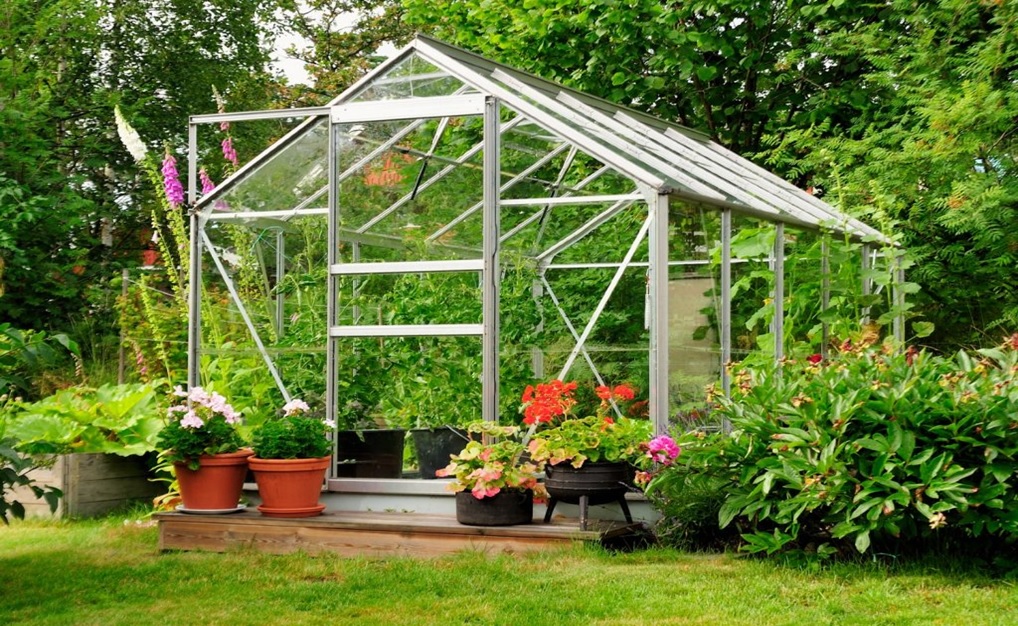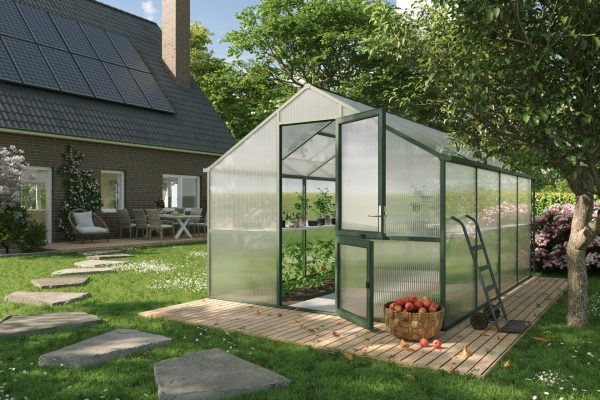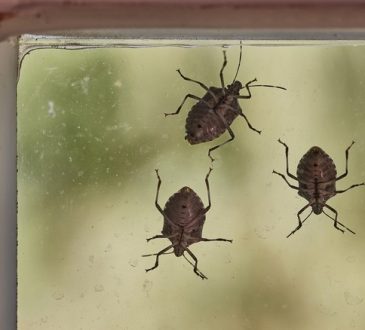
A hobby greenhouse can transform your gardening experience, allowing you to cultivate plants year-round and explore your green thumb to its fullest. This guide will walk you through the essentials of using a hobby greenhouse and making the most of this delightful space.
Choosing the Right Location
Selecting the perfect spot for your greenhouse is crucial to its success. Look for a location that receives plenty of sunlight, ideally at least six hours a day. The warmth of the sun is vital for plant growth, so positioning your greenhouse where it can soak up those rays will help create a nurturing environment.
You should also consider the surrounding landscape. Avoid areas that might be subject to strong winds or excessive heat and shade from trees and buildings.
Understanding Temperature Control
One of the most significant advantages of a greenhouse is the ability to regulate temperature. This control can be achieved through ventilation, heating, and shading. During warmer months, opening windows or vents allows hot air to escape, preventing your plants from overheating.
In winter, heating systems like electric heaters or propane can maintain a suitable temperature for your plants. For sun-drenched days, shade cloths or strategically placed plants can help reduce excess heat and protect delicate species from sunburn.
Considering All the Options
In hydroponics, plants are grown without soil, using nutrient-rich water solutions to deliver essential nutrients directly to the roots. When establishing a watering routine in a hydroponic system, you won’t have to worry about soil moisture. Instead, you’ll focus on maintaining the right nutrient solution concentration.
You could explore affordable hydroponic systems for sale, which offer an innovative way to cultivate a variety of plants with minimal space and water usage. Many systems come equipped with everything you need to get started, making it easier to dive into this exciting method of gardening.

Selecting the Right Plants
When starting your greenhouse journey, consider which plants will flourish in your environment. Factors such as climate, available light, and your personal preferences will influence your choices.
Many hobbyists find success with herbs, tomatoes, peppers, and leafy greens, as these plants tend to thrive in greenhouse conditions. However, don’t be afraid to experiment with more exotic plants like orchids or tropical species.
Managing Humidity Levels
Maintaining appropriate humidity levels is vital for plant health. Greenhouses can trap moisture, leading to high humidity, which can promote fungal diseases and other issues. Regular ventilation can help balance humidity, so be sure to open vents on dry days to allow fresh air to circulate.
You can also introduce a hygrometer to monitor humidity levels more accurately. If your greenhouse is too dry, consider using a misting system or placing water trays inside to increase moisture levels. Keeping a close eye on these factors will help you maintain a healthy atmosphere for your plants.
Creating a Watering Routine
Greenhouses can retain moisture, meaning the frequency and amount of watering will differ from outdoor gardening. Start by assessing your plants’ needs and observe the soil moisture before watering. A moisture metre can help you determine when your plants require hydration.
Typically, it’s better to water deeply and less frequently, encouraging roots to grow stronger and deeper. Overwatering can be as harmful as underwatering, so be mindful of your plants’ signals.
Understanding Pest Control
As much as we love our plants, pests can be a significant challenge. Regularly inspect your plants for any signs of pest infestation, such as discolouration, webbing, or leaf holes.
Prevention is the best strategy, so ensure proper ventilation and avoid overcrowding your plants. When pests do appear, consider organic solutions first, such as insecticidal soap or neem oil. Maintaining cleanliness within your greenhouse by removing dead leaves and debris will also reduce pest habitats.
Maximising Space and Organisation
As you develop your greenhouse, thoughtful organisation will maximise your space and make maintenance easier. You could use shelving and hanging systems to keep plants off the ground, allowing for better airflow and easier access.
Consider grouping plants with similar needs together, making it simpler to care for them. A well-organised greenhouse not only looks appealing but also enhances your gardening experience, allowing you to enjoy the fruits of your labour without unnecessary hassle.
Conclusion
A hobby greenhouse is a wonderful investment for anyone passionate about gardening. With the right location, temperature control, and plant selection, you can create a thriving environment for your beloved plants. Take the time to understand their needs, establish routines, and enjoy the process.




